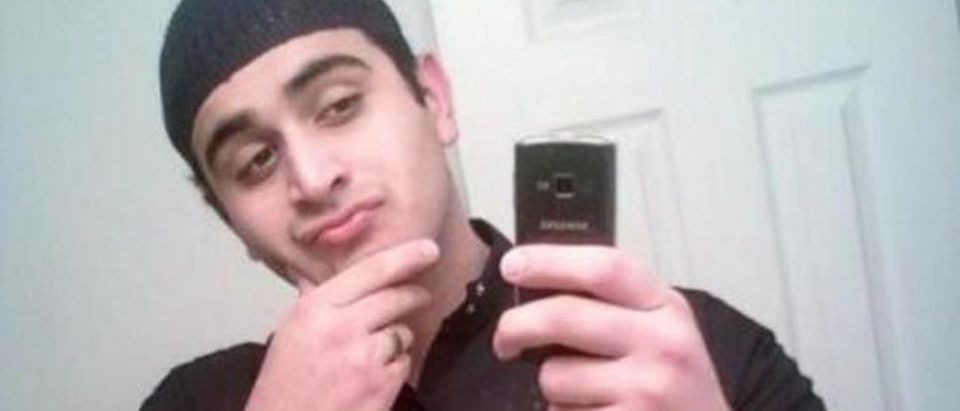The Washington Post just published a, “Fact Check” article that focused on post-Orlando terrorism speeches by Hillary Clinton and Donald Trump.
In her speech Ms. Clinton repeated a claim that first appeared December 2015 in The New York Times that, “hate crime against American Muslims and mosques have tripled after Paris and San Bernardino.”
This “statistic” comes not from the FBI, which monitors hate crime in its annual Uniform Crime Reports (“UCR”), but the director of the California State University, “Center for the Study of Hate and Extremism,” Professor Brian Levin.
The FBI’s 2015 UCR hate crime data will not be released until this fall. Instead the hate center extrapolated its 300 percent conclusion by checking one month or less of 2015 news clippings and civil rights group reports, then comparing them with the average monthly totals from the published FBI hate crime numbers from, 2014. The Los Angeles Times pointed this out in an article published the day before the WaPo’s.
While the WaPo nixed the Clinton comment as not being factual it treated Levin more gently than the LA Times, quoting him as saying his organization, “did not collect data after January 1st.” So the center didn’t even try to validate its logic by comparing January, February, March, April, May or June 2016 news clippings, etc.
The ISIS slaughter in Paris occurred Nov. 13, 2015, a month before the New York Times article. But the San Bernardino terrorism that affected all Americans took place Dec. 2, 2015, so the California hate and extremism center had just two weeks of newspaper articles and civil rights groups’ anecdotal reporting on which to base its conclusion.
Did the California State University center’s math represent a sound statistical technique? Does the UCR break out hate crimes per month? Are there more hate crimes committed in the summer making a monthly average taken from a yearly total insignificant? After experiencing 9/11 in 2011 could the 2015 San Bernardino terror not have sparked as large a hate crime spike?
For the year 2001 the FBI reported 481 anti-Islamic hate crimes, which is three times the yearly average over more than 10 years. Is the 200 total mostly post 9/11? The average of 2001 to 2013 is 168 anti-Muslim hate crimes per year. But what will the FBI’s report this fall show for 2015?
Professor Levin tells (or admits to) WaPo’s fact check that the hate crime data it collected was, “a small data set” but didn’t explain that the small data could have been two weeks of news clips and self reports. The FBI gets it data from local law enforcement, not from news clips and anecdotal reports.
Professor Levin told the WaPo the tripling conclusion reflected “a trend of anti-Muslim actions that have spiked after previous instances, mostly notably after the Sept. 11, 2001 attacks,” according to the article.
But anti-Muslim hate crime statistics from any month or year are not on the center’s website, which was last updated five months before San Bernardino. What data it does presents on its “Hate Violence & Terrorism Statistics” page” is from eight to 15 years old and provided by the Southern Poverty Law Center.
A Google search for anything Muslim on the site reveals just three links. Louis Farrakhan’s Nation of Islam is linked on the, “Extremist Websites” page. Under the, “Professional, Research and Advocacy” subhead the Muslim Public Affairs Council is linked. The Center for Muslim-Jewish Engagement at USC is also linked there.
The average American has had a lot more sense than some government and political figures give them credit for. Since Sept. 11, 2001 no amount of Islamist violence, death, beheading, honor killing, etc. has compelled hordes of citizens to target local mosques or Muslims for hate crimes. The handful of actual hate criminals are probably matched by the number of Muslim “faux victims” who have reported tagging, vandalism, threats, etc. that they committed themselves or simply made up.
Is anti-Muslimism a growing problem or an assumption based on politically incorrect feelings and fuzzy statistical conclusions? If anti-Muslim hate crime spiked after Paris and San Bernardino we’ll have to wait till the FBI reports.
Maybe those statistics will appear on The California State University Center for the Study of Hate and Extremism’s website.



